China Aerospace Science and Technology Corp (CASC), a state-owned conglomerate and the nation's leading space contractor, is accelerating the development of a 4-meter-diameter and a 5-meter-diameter reusable launch vehicle, and the two new models are scheduled to carry out maiden flight by 2025 and 2026, respectively, chief designer Rong Yi disclosed on Tuesday.
Rong, who is a member of the National Committee of the Chinese People's Political Consultative Conference (CPPCC), the country's top political advisory body, made the remarks on the sidelines of the ongoing two sessions.
"China has continuously tackled the key technologies of reusable carrier rockets over the recent years, and the overall progress is currently very smooth," said the chief designer for the new-generation carrier rocket from the China Academy of Launch Vehicle Technology (CALT) under the CASC.
"Compared to traditional rockets, reusable rockets involve four major categories of key technologies. First, ensuring precise landing during rocket return; second, ensuring stable landing and recovery during rocket landing; third, ensuring the rocket's durability to meet reuse requirements; fourth, ensuring quick repair for local maintenance when required," Rong explained.
The Global Times has also learned from the CASC that the state-owned conglomerate has completed the test for the vertical-take-off-vertical-hovering technology in August 2023, marking a key breakthrough in the development of reusable rockets.
Industry insiders praised the most obvious benefit of the reusable rockets as saving cost, which is a key factor for further advancing China's commercial space launches and applications.
In addition to the development of the two new-generation reusable rockets, CASC also vowed in a statement it sent to the Global Times on Tuesday that it is also working to make breakthroughs in key technology for highly cost-efficient commercial satellites, rolling out satellite products for uses including communication, navigation, remote sensing, among others.
CASC also prioritizes the development for highly cost-efficient solid rocket engines, YF-102 series liquid rocket engines and YF-209 liquid oxygen methane reusable engines, in order to meet the urgent demand in the commercial market.
China's commercial space sector maintained its rapid development momentum in 2023. With policy support and guidance, outside investment continues to pour in, with a wide participation from enterprises and research institutions in the commercial aerospace sector, equipped with capabilities in small and medium-sized rockets, satellite development, measurement and control, and diversified application services.
CASC disclosed to the Global Times in a statement that in 2023, nearly 6 billion yuan ($833 million) of social capital were invested in the domain of commercial aerospace, mainly concentrating in satellite and rocket manufacturing sectors.
Commercial launches have also achieved new records, including several notable technological breakthroughs. In 2023, a total of 26 commercial launches were completed (including rideshare and co-passenger launches), accounting for 39 percent of China's total launches for the year, with a success rate of 96 percent (25 successful launches,) according to CASC data.
Among them, the Long March series of carrier rockets, which are developed by the CASC, conducted 11 commercial launches, and the Jielong-3, also developed by the CASC, conducted one commercial launch, the CASC revealed.
The number of commercial satellite launches saw a significant increase, and research and development capabilities continued to improve. In 2023, China jointly developed and launched 120 commercial satellites, accounting for 54 percent of the total number of satellites launched for the year, it disclosed.
The construction of launch and measurement and control facilities continues to advance, with the completion of the first launch pad at the Hainan commercial spacecraft launch site in Wenchang, South China's Hainan Province and the accelerated construction of the second launch pad. Each launch pad will have an annual launch capacity of 16 launches, by completion, according to the CASC.
In recent years, the CASC has utilized the Long March series of carrier rockets to provide 82 commercial launch services for users, launching 72 international satellites and 130 domestic satellites, while providing 48 commercial rideshare launch services, launching 28 international satellites and 119 domestic satellites, increasingly serving as the backbone of China's commercial aerospace development.









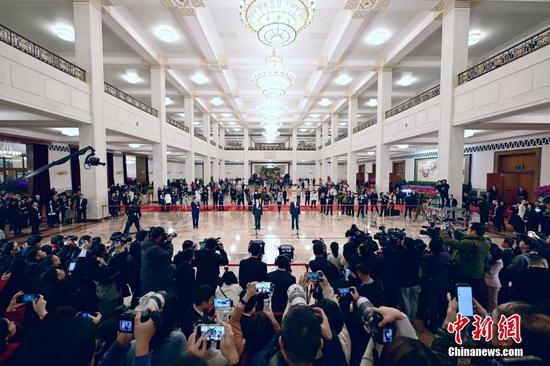
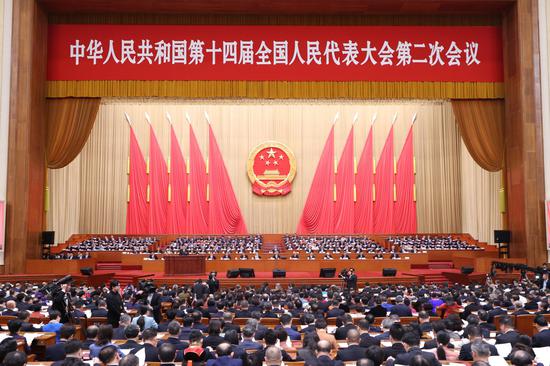

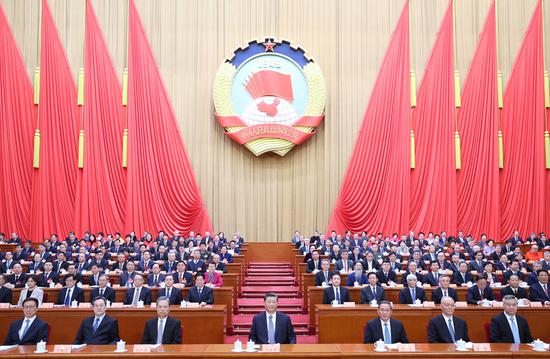
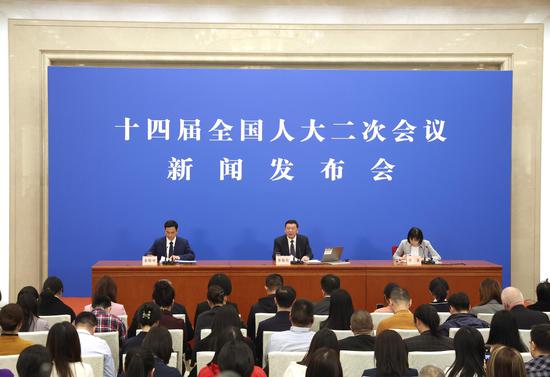




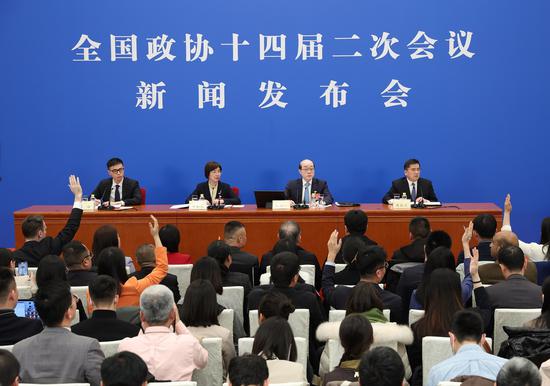



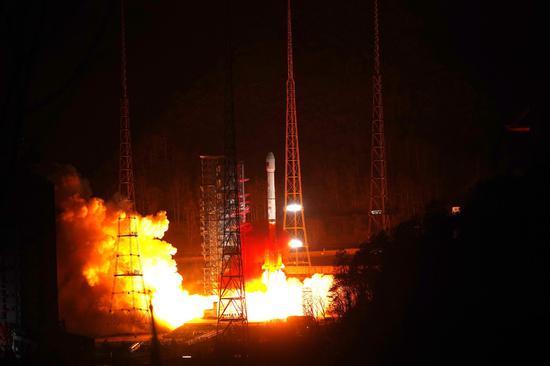
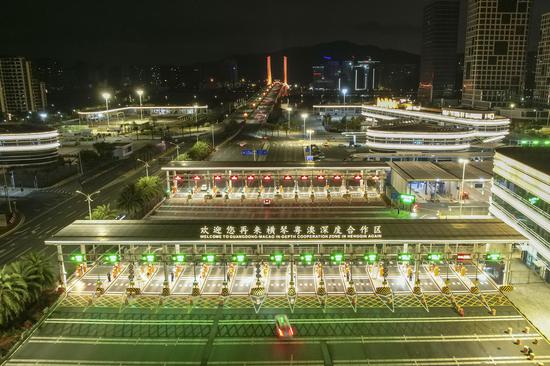
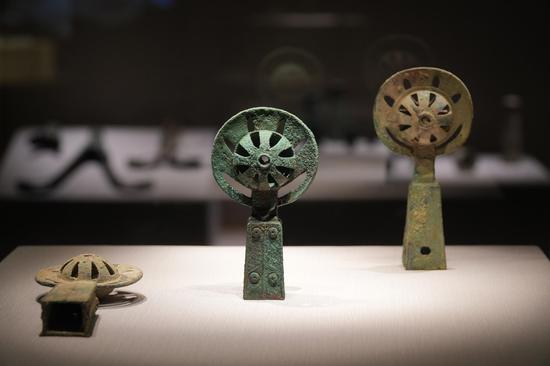




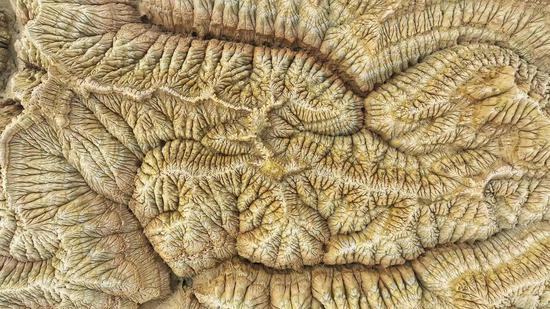
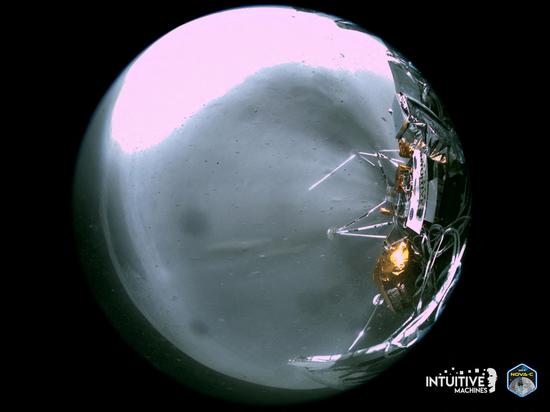


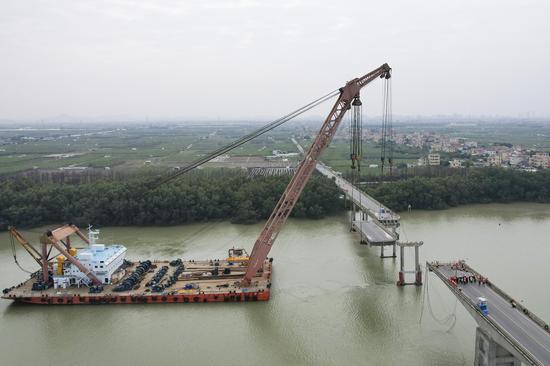
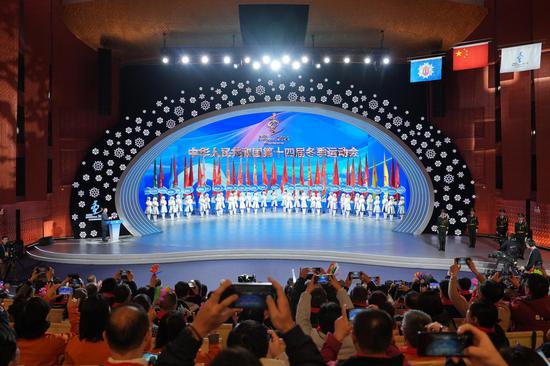
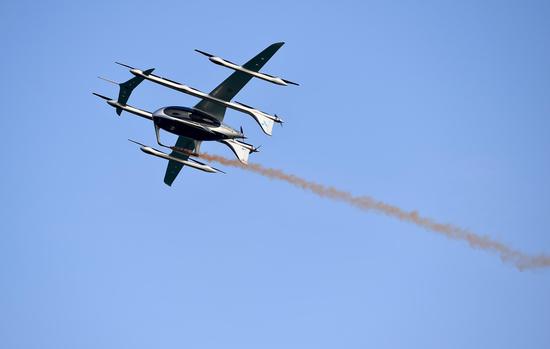

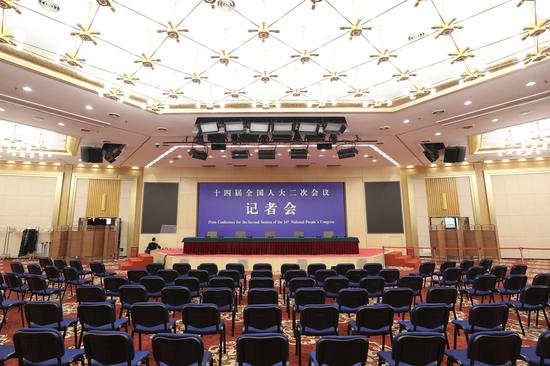

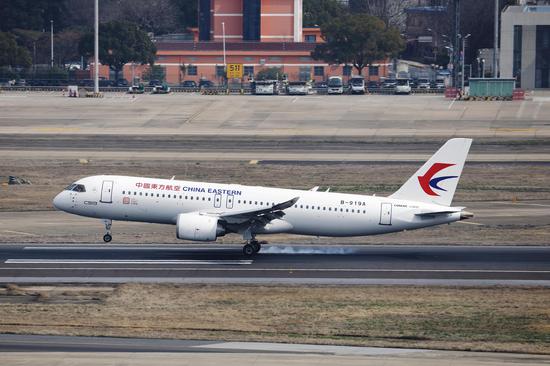
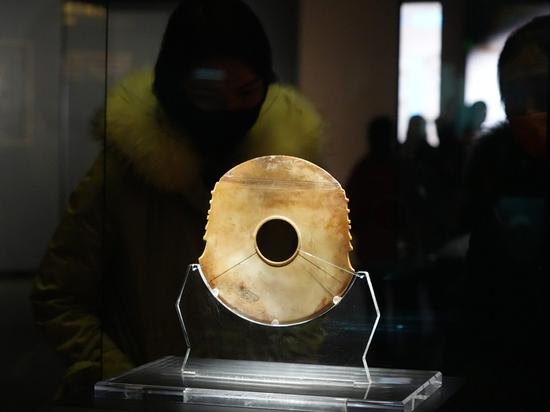


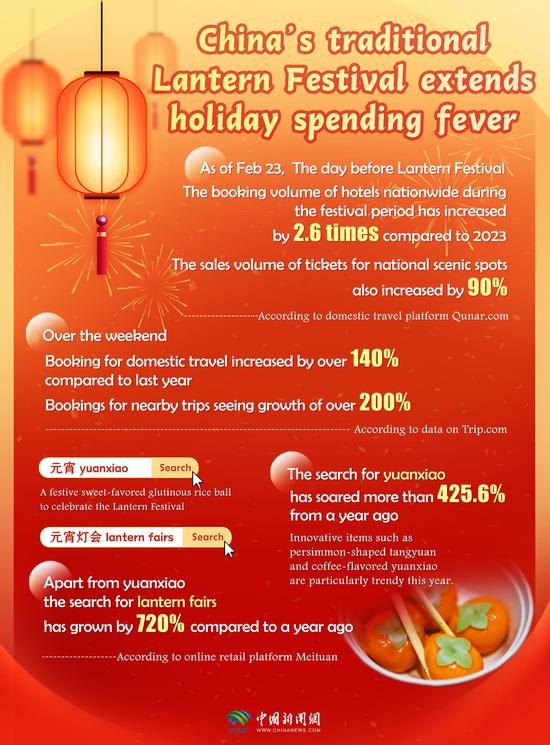
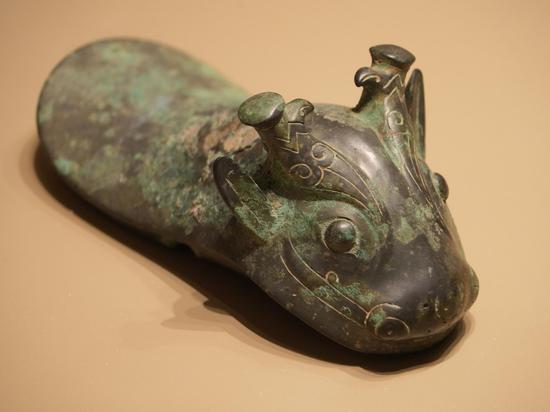





 京公網安備 11010202009201號
京公網安備 11010202009201號